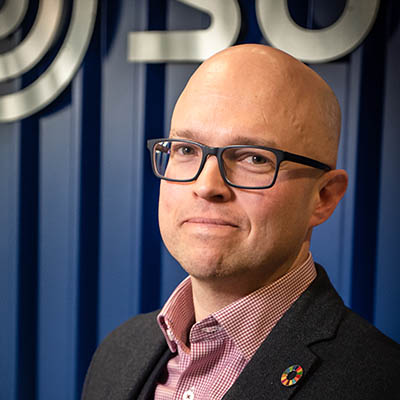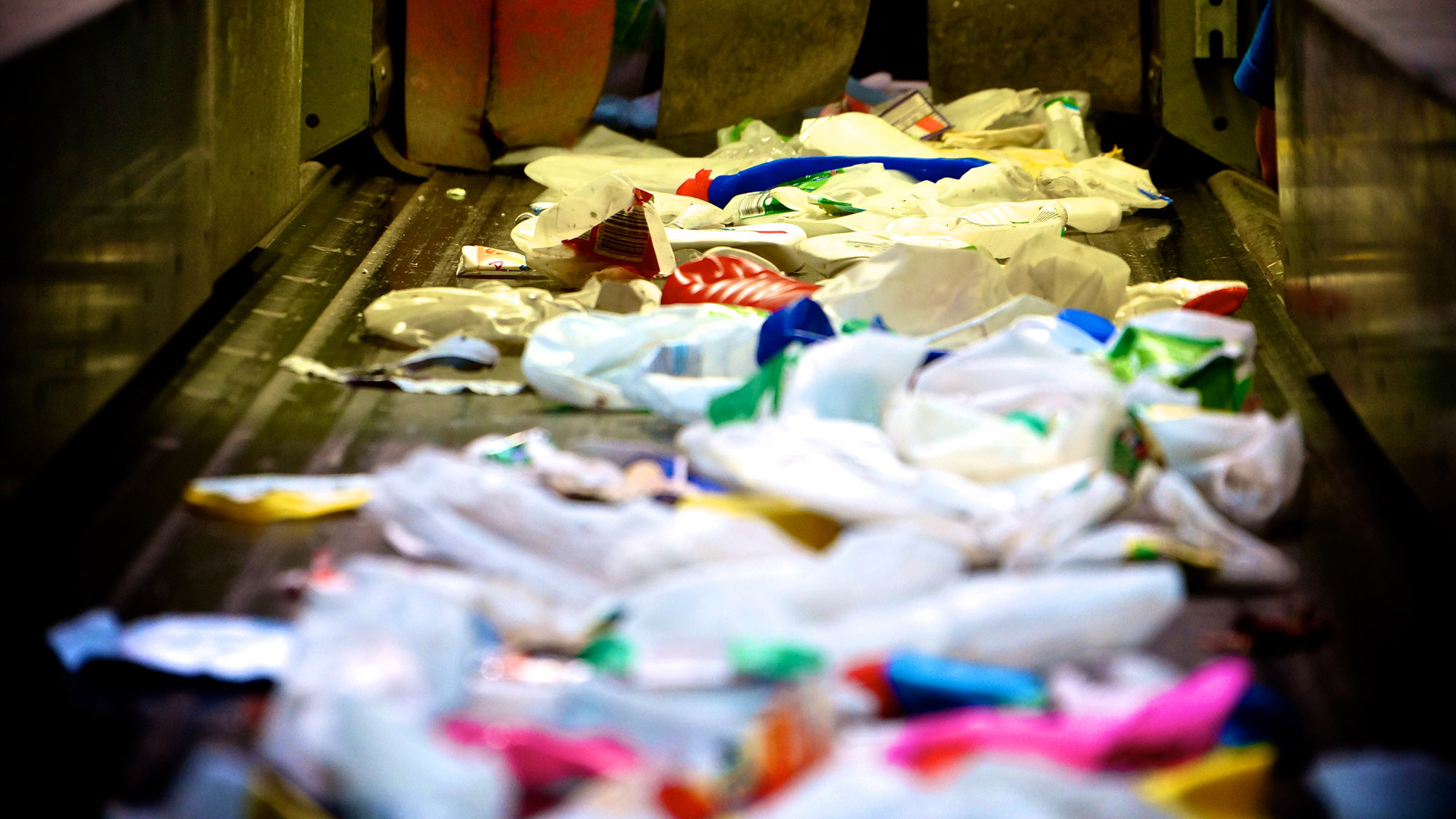Behaviour change and recycling contamination – Insights and reflections

This blog was originally published on Be Waste Wise.
The quality of recyclables is now fully recognised as an important part of the circular economy and influencing consumer behaviour to help ensure the right materials are processed, is vital to any successful system.
This subject formed the basis of a recent webinar I chaired on behalf of Be Waste Wise. Joining me were behavioural specialists, Steven Bates from the Resources and Waste Advisory Group, Gemma Scott from Resource London and my colleague Sarah Ottaway from SUEZ recycling and recovery UK. Together, we set out to explore the issue in some detail, looking at contamination trends, common mistakes, possible interventions and a number of success stories. With engagement from the live audience we could delve into topics through both audience polls and questions raised for the expert panel.
Setting the scene….
Each of the panellists provided great examples of the work they had undertaken to encourage positive recycling behaviours. For example, Sarah’s team worked with local collection crews to identify those presenting the wrong materials. They implemented communication campaigns to educate and encourage resident’s positive recycling behaviour. Steven had worked on both local and international campaigns, combining effective messaging with media campaigns such as regional radio, directional labels and door to door advisory teams. Gemma highlighted an in-depth approach to understanding residents living in flats and apartments in London and using their feedback to influence the development of effective communication programs.
Each of our panellists demonstrated a number of different approaches to the all too familiar problem of the wrong materials in the wrong bin or container. A number of key themes emerged, in terms of their real world experiences, and also from their responses to the audiences questions.
So what were the key themes?
[1] Listen
Understanding the needs of your key stakeholders and those you’re trying to influence is paramount to ensuring your campaign or intervention has a chance of succeeding. Many unsuccessful campaigns chose the wrong message or media for their target audience because they failed to identify who the contaminators were and why they were contaminating.
For Gemma, simply using the word ‘rubbish’ instead of more industry-specific terms, such as ‘general waste’ or ‘non-recyclable’, helped those using communal facilities in apartment blocks to better understand what was expected of them. While Sarah’s team listened to the experiences of their collection crews as part of the development process. They kept crews regularly updated on actions that were being taken with households on their collection routes, to maintain and even increase their levels of engagement with the process.
[2] Behaviour change is worth the investment
Both Steven and Sarah shared their experiences of providing measurable effects of their intervention campaigns, as a means of proving their value. Steven’s work for Warwickshire County Council to encourage residents to recycle their food waste, led to significant cost savings. This saving was a result of the reduced landfill disposal costs, delivering over 1000% return on investment. While Sarah has been able to demonstrate the benefits of resident engagement, by reducing the amount of time collection crews spent dealing with contamination by over 600 hours. These metrics are important for garnering political and managerial support for communication campaigns and their accompanying budget. These factors were reflected by the webinar audience in our first poll, where the greatest impact of contamination on services were identified as increased costs (44%) and operational inefficiency (37%). These factors were also the main reasons for considering interventions.
[3] Shared Responsibility
In another poll, the audience were asked who they believed were ultimately responsible for contamination and, perhaps unsurprisingly, consumers received the largest share (61%) of the vote, something which sparked a debate with our panellists. Gemma pointed out that there are numerous different influences when it comes to behaviour and engaging with all stakeholders is essential to any successful intervention. Stakeholders ranged from the brands and retailers that put packaging on the market to landlords in the multi-occupancy housing, to the recycling service providers. While Sarah and Steven didn’t disagree with Gemma, they highlighted that consumers ultimately make the final decision about whether an item is recycled or not and which container to put it in. They added, it’s consumer decisions which lead to the operational inefficiencies and the other challenges which come with contamination and incorrectly presented recycling.
The progress continues….
Behaviour, and behaviour change, is a topic which underpins everything we do with regards to recycling and the future of resource management. Interventions, campaigns and engagement programmes can help to increase recycling and reduce waste. Increasingly, understanding consumer attitudes, their perceived barriers, and their actual behaviours will be critical to underpinning a shift to a more circular economy, one where reuse and repair are more prominent, and where we buy services not products.
The lively debate and success stories presented suggest that there is a huge amount of interest in the topic, and a great deal of hope for what campaigns can achieve. We look forward to returning to this vast topic and reflecting on other interventions and successful campaigns in the coming months.
If this blog has sparked an interest in the topic, then you can watch back the webinar here.
